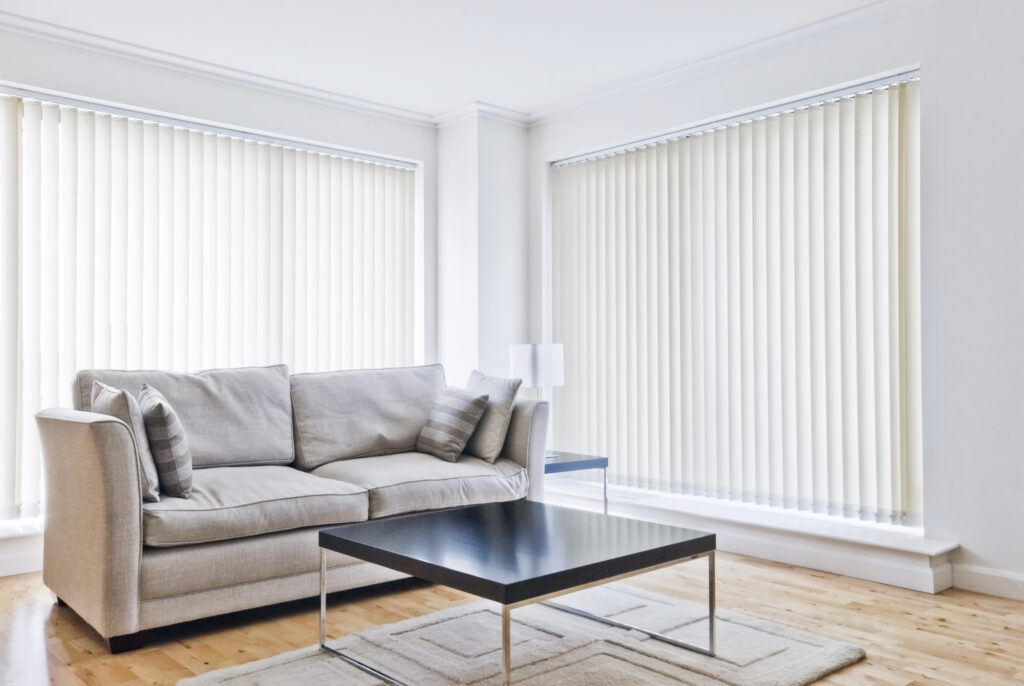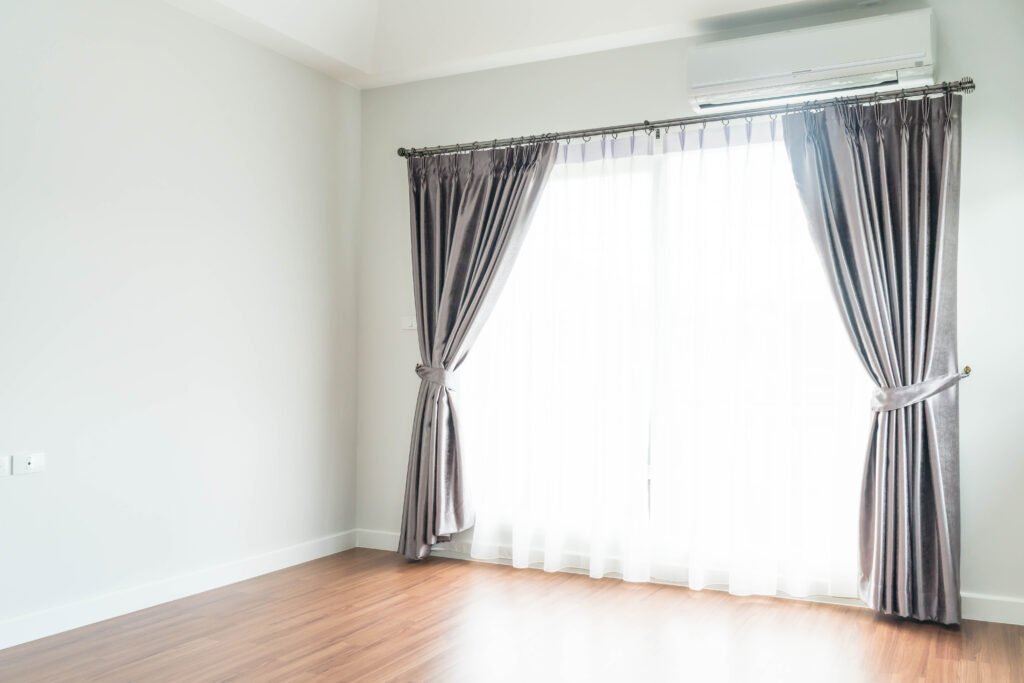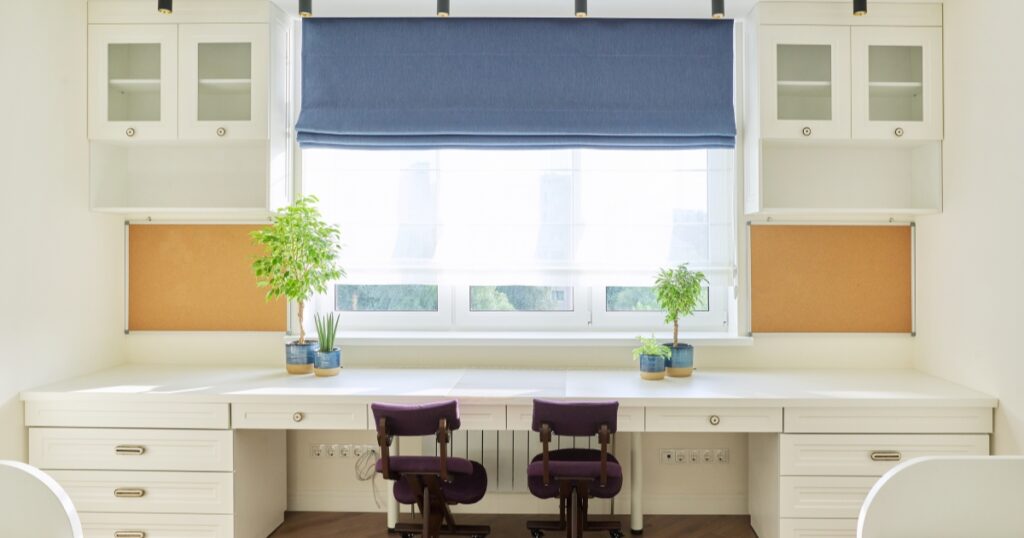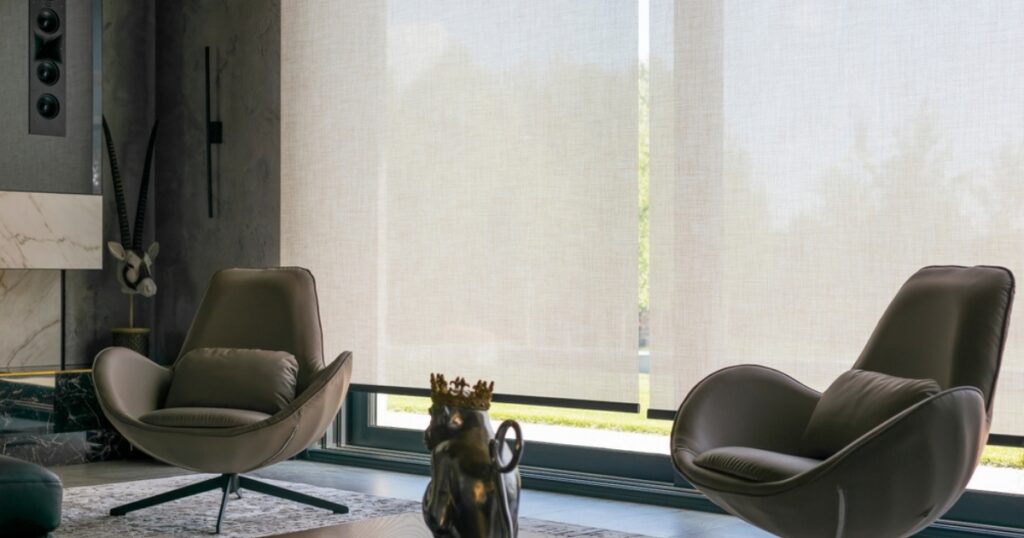Awnings are not only functional additions to homes and businesses but also contribute significantly to aesthetics and energy efficiency. Choosing the right materials for your awnings ensures durability and long-term satisfaction. This guide covers everything you need to know about awning materials, their durability, and considerations for selecting the best option for your needs.
Importance of Awning Materials
- Functionality and Style: Awning materials play a crucial role in determining how well they perform under different weather conditions while complementing the architectural style of your property.
- Energy Efficiency: Certain materials offer superior heat and light reflection, reducing indoor temperatures and energy costs during hot seasons. This makes awnings a sustainable choice for enhancing comfort indoors.

Common Awning Materials
- Canvas: Traditional canvas awnings are known for their classic appearance and durability. They provide excellent UV protection and are typically treated to resist mildew and fading.
- Acrylic Fabric: Acrylic fabrics are popular due to their vibrant colours, resistance to fading, and ease of maintenance. They offer UV protection and are water-resistant, making them suitable for various climates.
- Vinyl: Vinyl awnings are durable, waterproof, and easy to clean. They come in a range of colours and patterns, offering good UV protection and resistance to fading.
- Metal (Aluminium): Aluminium awnings are lightweight yet durable. They provide excellent sun protection and can withstand harsh weather conditions without rusting or corroding.
Factors Affecting Durability
- Weather Resistance: Choose materials that are resilient to the local climate—whether it’s intense sunlight, heavy rain, or strong winds. Awning materials should maintain their structural integrity and colour over time.
- Maintenance Requirements: Consider the level of upkeep required for each material. Some may need regular cleaning, while others are more low-maintenance and resistant to dirt and debris.
Durability and Longevity
- Expected Lifespan: The lifespan of awning materials varies based on quality, maintenance, and exposure to elements. High-quality materials like acrylic and metal can last 10-15 years or more with proper care.
- Resistance to Fading: UV-resistant materials retain their colour and appearance longer, reducing the need for frequent replacements or repairs due to sun damage.
Choosing the Right Awning Material
- Aesthetic Appeal: Consider how different materials complement the exterior of your home or business. Choose colours and patterns that enhance curb appeal while providing functional benefits.
- Budget Considerations: Balance initial cost with long-term savings and durability. Higher-quality materials may have a higher upfront cost but can save money over time through reduced maintenance and replacement needs.

Installation and Maintenance Tips
- Professional Installation: Ensure awnings are installed correctly to maximise their lifespan and performance. Proper installation prevents sagging, ensures secure attachment, and promotes structural integrity.
- Regular Cleaning: Follow manufacturer guidelines for cleaning and maintenance to prolong the life of your awning. This includes removing dirt, debris, and mould to prevent damage and maintain appearance.
Enhancing Your Space with Durable Awnings
Investing in durable awning materials not only enhances the visual appeal of your property but also provides practical benefits such as energy savings and weather protection. By understanding the characteristics of different materials and their durability, you can make an informed decision that enhances comfort and adds value to your home or business.







